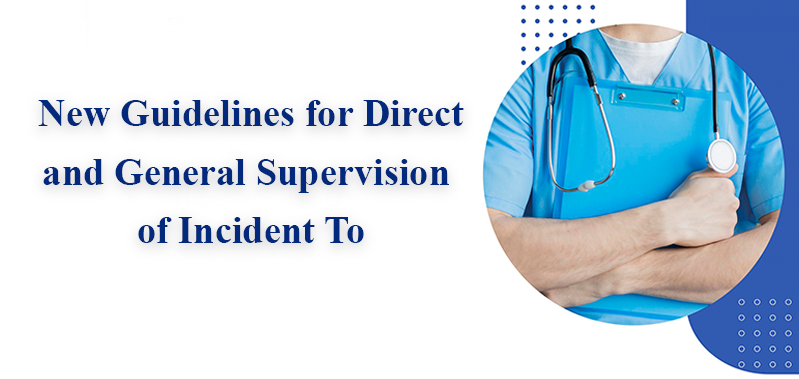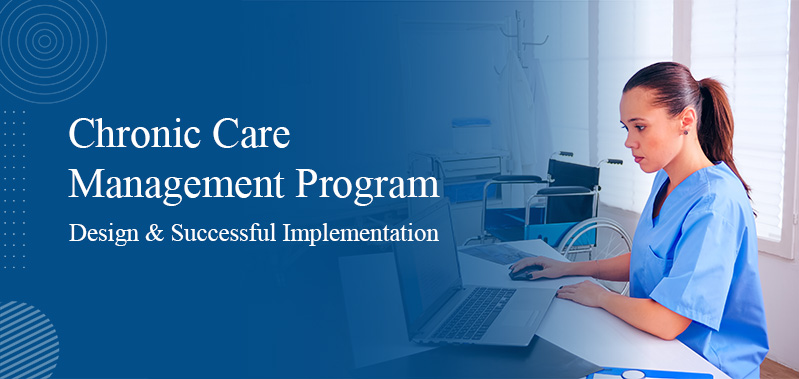
New Guidelines for Direct and General Supervision of Incident To
The Centers for Medicare & Medicaid Services (CMS) sets guidelines and regulations to ensure adherence to reimbursement rules for incident-to-services. Some of CMS Physician's final rules center around practices that employ advanced practice providers (APPs). When auditing medical records, it’s crucial to understand and apply CMS’ incident-to rules. Incident-to-billing allows non-physician providers (NPPs) to report services as if they were performed by a physician. The advantage is that, under Medicare rules, covered services provided by NPPs typically are reimbursed at 85 percent of the pro fee schedule amount; whereas services properly reported incident-to are refunded at the full pro fee schedule value.
Incident to” a physician’s professional services means that the services or supplies are furnished as an integral, although incidental, part of the physician’s personal, professional services in the course of diagnosis or treatment of an injury or illness. The services must relate to an existing course of treatment; the “incident to” rules do not apply to a new patient or when treating an existing patient for a new illness or injury.
Medicare payment rules require physicians and nonphysician practitioners to provide direct supervision for certain items and services, such as some diagnostic tests and so-called incident-to services, which are services and supplies provided in conjunction with a physician's or nonphysician practitioner's professional services.
Traditionally, at least in the medical office context, "direct supervision" required the supervising practitioner to be physically present in the office suite (though not always in the same room) and instantly available to oversee and support the supervised service. Concerned that mandating physical presence may hamper access to care during the COVID-19 public health emergency (PHE), CMS temporarily changed "direct supervision" to allow monitoring via real-time audio-visual technology rather than in-person presence.
What Changed in the CMS Physician Final Rule 2025?
CMS has modified definitions and flexibility for direct and general supervision to keep up with the changing healthcare sector.
Key modifications include:
Expanded Definition of Direct Supervision: The 2025 rule includes virtual supervision, which enables physicians to give oversight via real-time audio-visual communication. This builds on the temporary telehealth flexibilities introduced during the COVID-19 public health emergency (PHE) and ensures accessibility, particularly in rural or underserved areas.
Flexible General Supervision Requirements: General supervision now allows for more delegation for NPPs. Physicians do not need to be physically present in the office suite. Still, they must be available for consultation within an acceptable time frame to ensure continuity of treatment and allow healthcare teams to optimize resources.
Incident to billing for remote patient monitoring (RPM)
CMS has emphasized that RPM services are eligible for "incident to" payment under general supervision, reflecting the growing dependence on digital tools in patient care management.
Supervision during Split/Shared Visits
CMS emphasizes that the supervising physician must make a meaningful contribution to the split/shared visit, which improves the specificity of incident-to-billing in multi-provider settings.
Documenting Virtual Direct Supervision and Incident Response Requirements
Although neither this final rule nor the previous rulemakings provide particular direction on documenting virtual direct supervision, the same principles apply. The documentation should clearly demonstrate that the supervising practitioner is immediately available via real-time audio-visual technology while the auxiliary personnel perform the service. Consider memorializing compliance with contemporaneous documentation and a clear policy for virtual direct supervision. The requirements for incidental services provided in non-institutional settings are particularly extensive and complex, and compliance with all requirements must be documented in order to avoid harsh penalties.
Looking Ahead
As healthcare continues to adapt to technological advancements and shifting patient needs, the CMS Physician Final Rule 2025 sets the stage for more flexible and efficient care delivery models. Providers must stay informed about ongoing updates to Medicare policies and be proactive in aligning their practices with these changes. By embracing the new guidelines for direct and general supervision, healthcare organizations can enhance service accessibility, maintain compliance, and prioritize patient-centered care.




